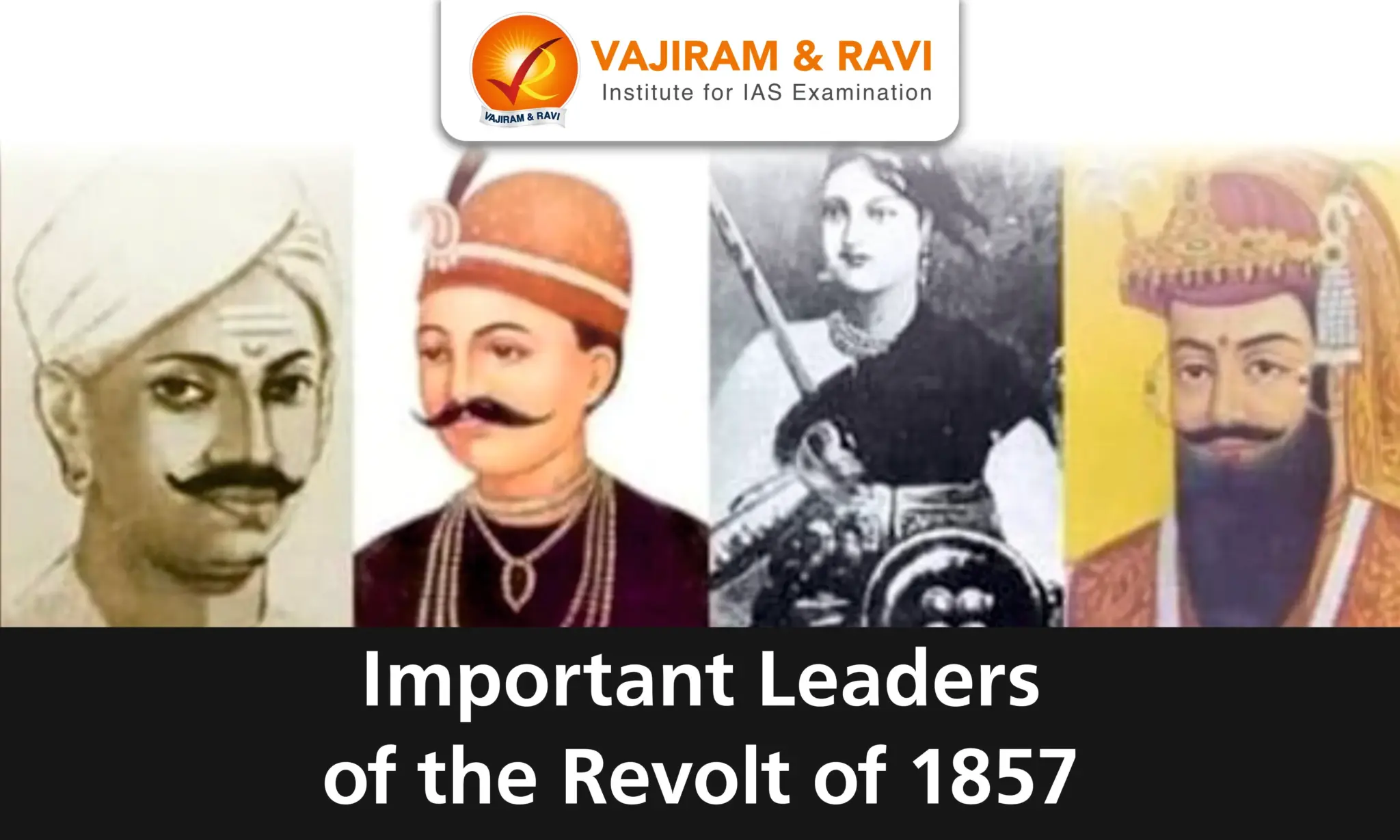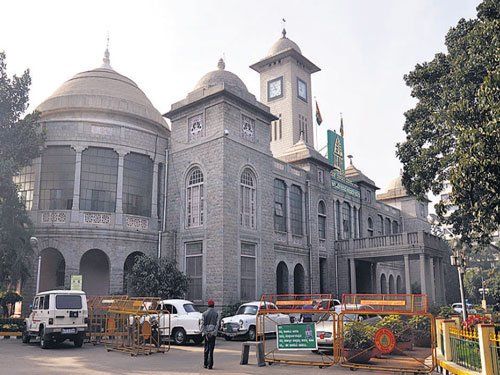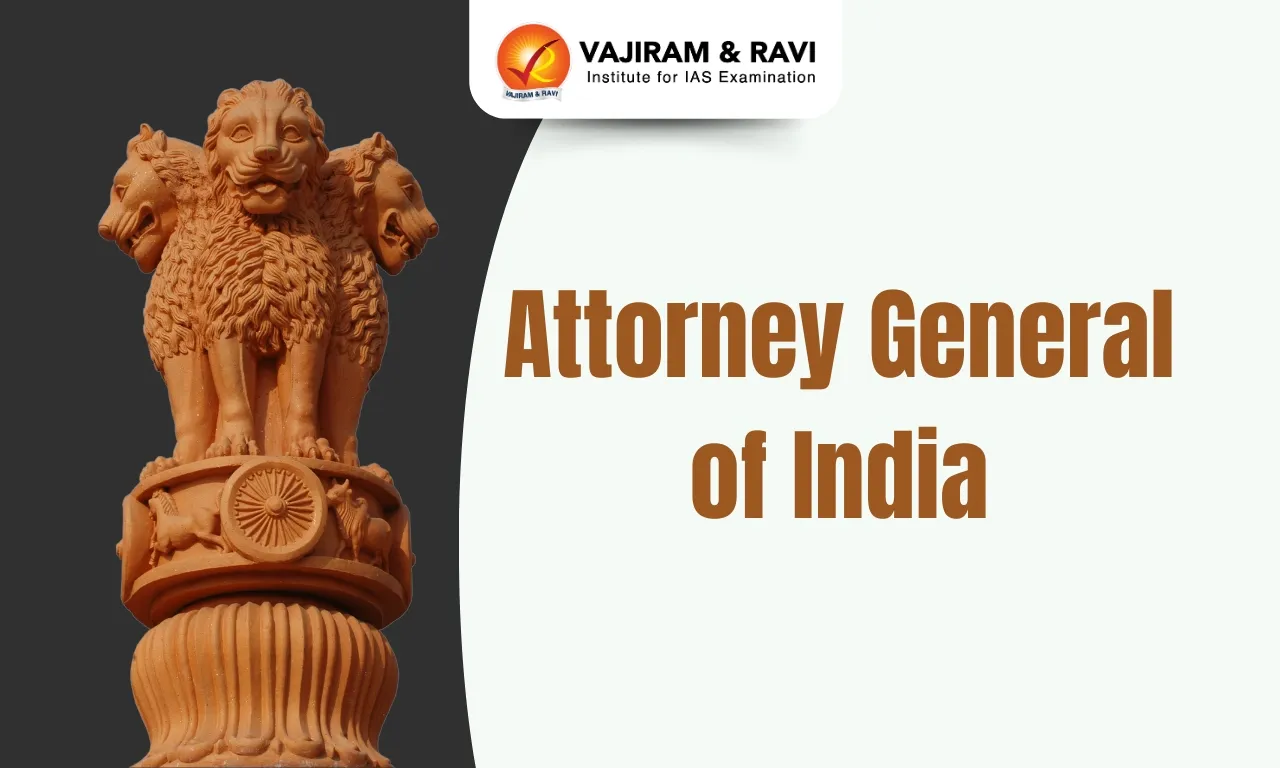The Revolt of 1857 was a monumental event in the country’s struggle against British colonial rule. It marked the first large-scale uprising, involving both soldiers and civilians. The revolt, which began on May 10, 1857, in Meerut, quickly spread across northern and central India, with key regions like Delhi, Kanpur, Lucknow, Jhansi, and Bihar becoming centres of resistance.
Various leaders, representing different regions and backgrounds, rose to prominence, leading localized efforts to fight British forces. The leadership and bravery of figures such as Rani Laxmibai, Nana Saheb, Bahadur Shah Zafar, and Kunwar Singh, among others, cemented their place in history as symbols of resistance against oppression.
Revolt of 1857
The Revolt of 1857, also known as the First War of Independence, started on May 10, 1857. It marked a turning point in Indian history, representing the first large-scale armed resistance to British domination. Triggered by various factors, including social, political, and economic grievances, it saw widespread participation across the subcontinent. Despite its eventual failure, the revolt was crucial in sowing the seeds of nationalism and resistance against colonialism in India.
Revolt of 1857 Key Leaders
The Revolt of 1857 witnessed the emergence of several key leaders who played pivotal roles in organizing resistance against British rule. These individuals, representing diverse backgrounds and regions, rallied various segments of society and inspired collective action. Their leadership not only highlighted the widespread discontent but also forged a sense of unity among different communities in the fight for independence.
Mangal Pandey
Mangal Pandey was one of the first to ignite the flames of rebellion. Refusing to use the new Enfield rifle cartridges—which were rumoured to be greased with pig and cow fat, a young sepoy of the 34th Native Infantry, Mangal Pandey fired at the sergeant major of his unit at Barrackpore. He was overpowered and executed on April 8, 1857. His actions on March 29, 1857, inspired his fellow soldiers, leading to a mutiny at Barrackpore and signalling the beginning of the revolt.
Bahadur Shah Zafar
Bahadur Shah Zafar (Delhi), the last Mughal emperor, became the symbolic leader of the revolt. Proclaimed the Emperor of India by the rebels, he provided a unifying figure amidst the chaos. His support lent legitimacy to the uprising, although his authority was largely symbolic as the revolt spread across the country.
General Bakht Khan
A prominent military leader, General Bakht Khan took charge of the rebel forces in Delhi. The true command at Delhi rested with a court of soldiers led by General Bakht Khan, who had led the Bareilly troops' revolt and brought them to Delhi.
Nana Saheb
Nana Saheb, the adopted son of the exiled Maratha Peshwa Baji Rao II, emerged as a significant leader in Kanpur. In June 1857, he attacked the British soldiers of the 53rd Native Infantry alongside Tantia Tope, targeting the British East India Company’s entrenchment under General Sir Hugh Wheeler.
- After a fierce confrontation, Sir Hugh Wheeler surrendered to Nana Saheb in exchange for a secure passage to Allahabad.
- After the British were driven out of Kanpur, Nana Saheb declared himself to be Peshwa.
- He also recognized Bahadur Shah Zafar as the Emperor of India, declaring himself his governor.
Tantia Tope
Tantia Tope was a brilliant military strategist and played a vital role in the uprising. He led guerrilla warfare against British forces and was known for his mobility and strategic brilliance. His efforts in Kanpur and later with Rani Laxmibai in Gwalior highlighted his importance as a leader in the revolt.
Begum Hazrat Mahal
Begum Hazrat Mahal was the wife of the Nawab of Awadh and a prominent leader of the revolt in Lucknow. She courageously took charge after her husband's exile, proclaiming her son, Birjis Kadr, as the Nawab of Awadh.
Rani Laxmibai
Rani Laxmibai emerged as one of the most remarkable leaders of the revolt, taking charge of the sepoys in Jhansi. Following the death of her husband, Raja Gangadhar Rao, she faced a significant injustice when Lord Dalhousie, the Governor-General, refused to recognize her adopted son as the rightful heir and annexed the state using the controversial ‘Doctrine of Lapse.’ When British forces besieged Jhansi, she defiantly declared, “Main apni Jhansi nahin doongi” (I shall not give away my Jhansi), embodying the spirit of resistance.
Kunwar Singh
In Bihar, the revolt was spearheaded by Kunwar Singh, the zamindar of Jagdishpur. Despite being in his seventies, he harboured a deep resentment against the British for having taken his estates from him. His leadership was marked by resilience and courage.
Maniram Dewan
Maniram Dewan was an Ahom official who played a key role in the 1857 revolt against British rule in India. He and other freedom fighters planned an anti-colonial uprising, with Dewan directing the revolt from Calcutta and Piyali Baruwa carrying out the plans in Assam. The British intercepted the revolt's coded letters and arrested Dewan and Piyali.
- Dewan was tried and sentenced to death, along with Piyali, and both were executed by hanging on February 26, 1858.
Other Key Leaders of Revolt of 1857
Several other key leaders also played crucial roles in the Revolt of 1857 from various regions. In Bareilly, Khan Bahadur, a descendant of Rohilla chieftains, led a fierce rebellion against British forces. From Faizabad, Maulvi Ahmadullah, known for his tactical brilliance and charismatic leadership, inspired local uprisings. In Rajasthan, Jaidayal Singh and Hardayal Singh organized significant resistance, further intensifying the revolt's spread across the region. Together, these leaders contributed to the widespread and united nature of the rebellion against British rule.
Last updated on December, 2025
→ Check out the latest UPSC Syllabus 2026 here.
→ Join Vajiram & Ravi’s Interview Guidance Programme for expert help to crack your final UPSC stage.
→ UPSC Mains Result 2025 is now out.
→ UPSC Notification 2026 is scheduled to be released on January 14, 2026.
→ UPSC Calendar 2026 is released on 15th May, 2025.
→ The UPSC Vacancy 2025 were released 1129, out of which 979 were for UPSC CSE and remaining 150 are for UPSC IFoS.
→ UPSC Prelims 2026 will be conducted on 24th May, 2026 & UPSC Mains 2026 will be conducted on 21st August 2026.
→ The UPSC Selection Process is of 3 stages-Prelims, Mains and Interview.
→ UPSC Result 2024 is released with latest UPSC Marksheet 2024. Check Now!
→ UPSC Prelims Result 2025 is out now for the CSE held on 25 May 2025.
→ UPSC Toppers List 2024 is released now. Shakti Dubey is UPSC AIR 1 2024 Topper.
→ UPSC Prelims Question Paper 2025 and Unofficial Prelims Answer Key 2025 are available now.
→ UPSC Mains Question Paper 2025 is out for Essay, GS 1, 2, 3 & GS 4.
→ UPSC Mains Indian Language Question Paper 2025 is now out.
→ UPSC Mains Optional Question Paper 2025 is now out.
→ Also check Best IAS Coaching in Delhi
Important leaders of the Revolt of 1857 FAQs
Q1. Who were the main leaders of the revolt of 1857?+
Q2. Who was the first martyr of the revolt of 1857?+
Q3. Why did the revolt fail?+
Q4. Who was the king of India in 1857?+
Q5. Who was the governor general during the revolt of 1857?+

















